Discover 11 hidden attractions, cool sights, and unusual things to do in Mons (Belgium). Don't miss out on these must-see attractions: Museum François Duesberg, Belfry of Mons, and Maison Losseau. Also, be sure to include Collégiale Sainte-Waudru in your itinerary.
Below, you can find the list of the most amazing places you should visit in Mons (Wallonie).
Table of Contents
Museum François Duesberg
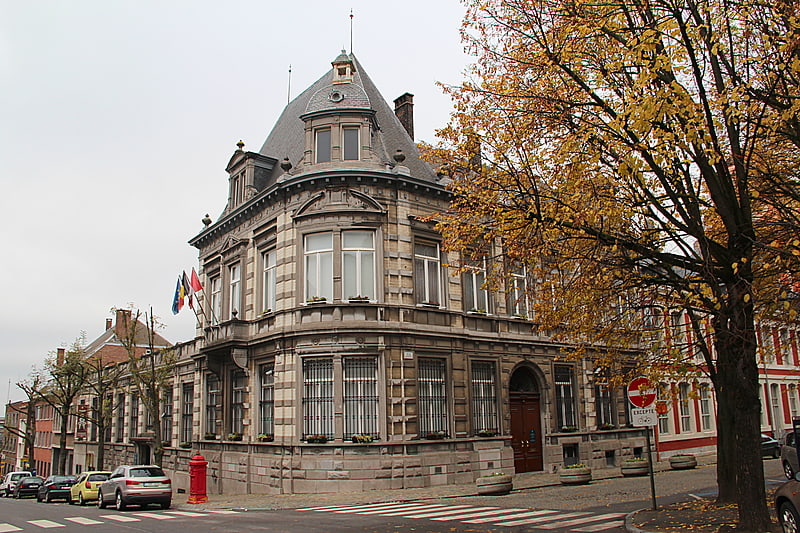
Also known as: Musée des arts décoratifs François Duesberg
Museum in Mons, Belgium. Museum François Duesberg was opened on 21 September 1994 and is devoted to decorative arts from the period 1775 to 1825. The museum is located in Mons opposite the collegiate Saint Waltrude Church in the former buildings of the National Bank of Belgium. It houses a large collection of objects in perfect condition: it has a prestigious collection of clocks and mantel clocks, exceptional gilded French bronzes, porcelain, pottery, jewelry, and numerous items of similar quality.
It was founded by François Duesberg and his wife Betty whose collections focus on the periods of Louis XVI, that of Charles X of France and of the First French Empire under Napoleon.[1]
Address: Square Franklin Delano Roosevelt 12, 7000 Mons
Belfry of Mons
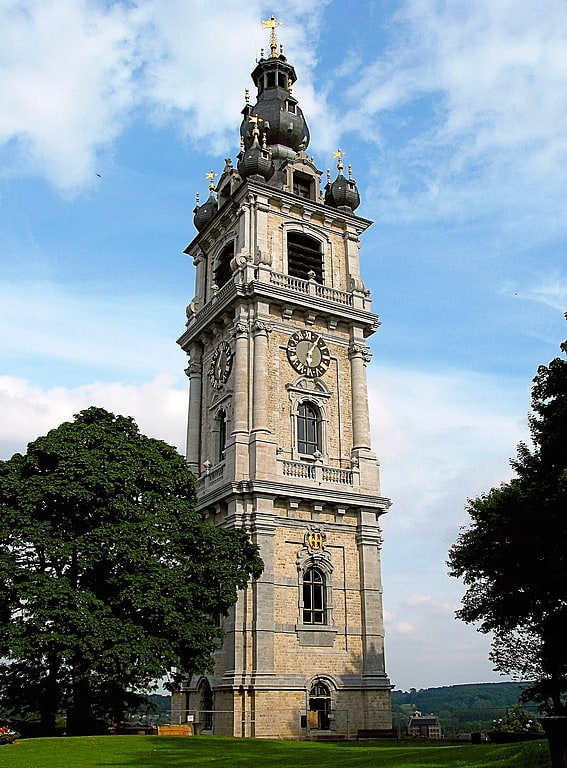
Also known as: Beffroi de Mons
Monument in Mons, Belgium. The belfry of Mons is one of the more recent among the belfries of Belgium and France. This belfry, classified in Belgium since 15 January 1936, belongs to the major cultural patrimony of Wallonia. It was inscribed on the UNESCO World Heritage List on 1 December 1999, for its unique architecture, civic importance, and testimony to the birth of municipal influence and power in the area. It is the only one in Belgium that is constructed in baroque style. At a height of 87 meters, it dominates the city of Mons, which is constructed on a hill itself.[2]
Address: Rampe du Chateau, 2, 7000 Mons
Maison Losseau
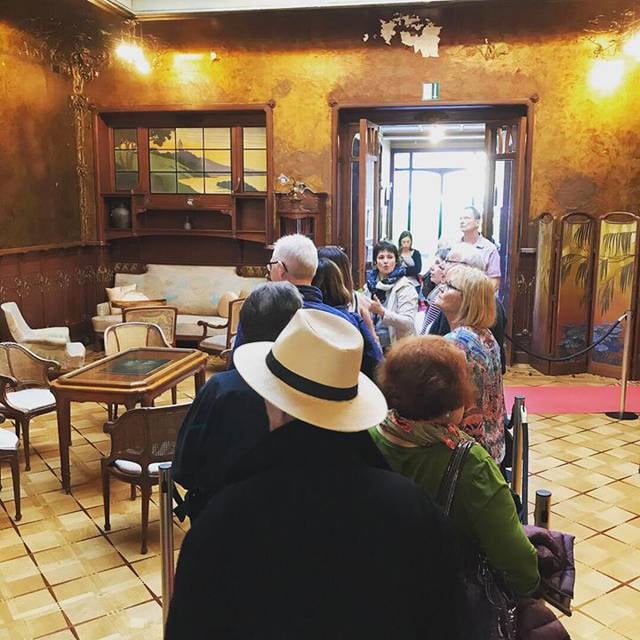
The Maison Losseau is an Art Nouveau private house located in Mons, Belgium. Dating from the 18th century, it was renovated in Art Nouveau style in the early 1900s at the request of Léon Losseau by Paul Saintenoy. It is listed on the list of the exceptional heritage site of Wallonia and since 2015 houses a center for the interpretation of Léon Losseau's collections and regional literature. The house is located at number 37 rue de Nimy in Mons, next to the courthouse.[3]
Address: Rue de Nimy 37-39, 7000 Mons
Collégiale Sainte-Waudru
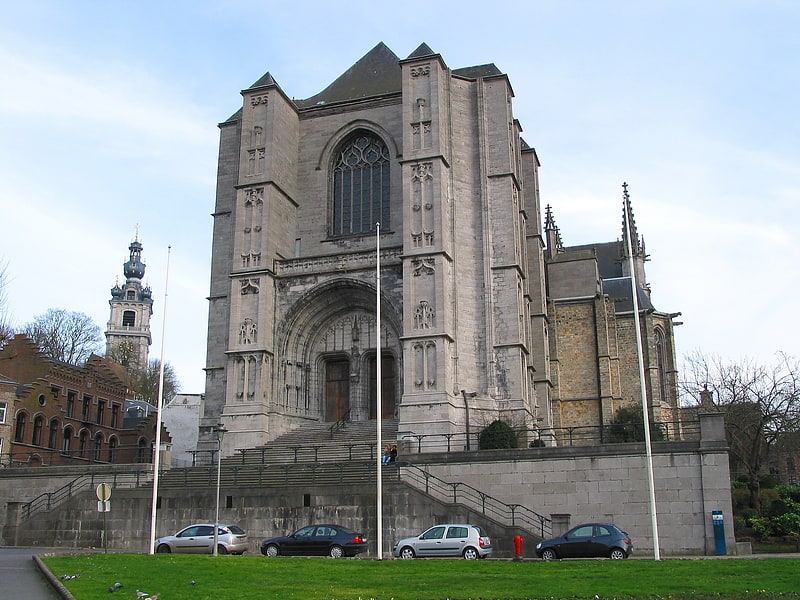
Catholic church in Mons, Belgium. Saint Waltrude Collegiate Church is a Catholic parish church in Belgium, named in honour of Saint Waltrude of Mons. The church is a notable example of Gothic architecture, and is protected by the heritage register of Wallonia.[4]
Address: Place du Chapitre, 7000 Mons
Grand-Hornu
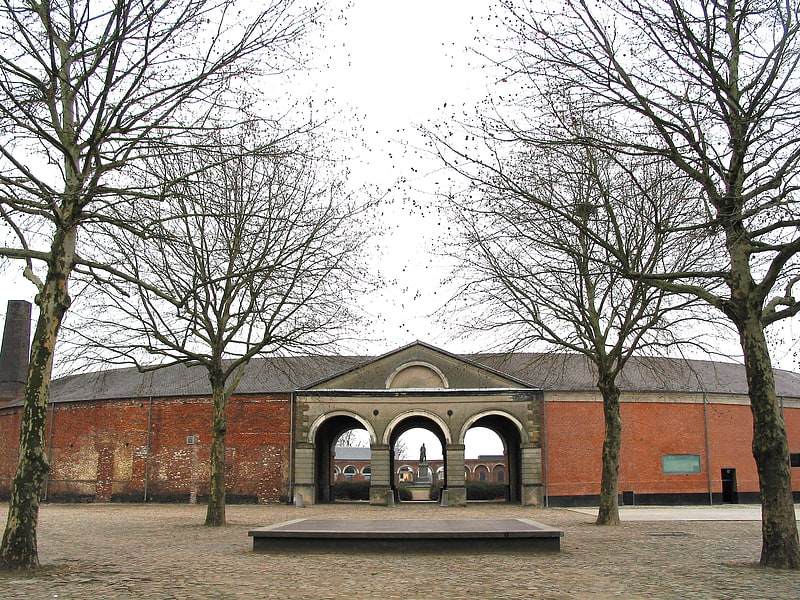
Modern gallery on a historic mining site. Grand-Hornu is an old industrial coal mining complex and company town in Hornu, near Mons, in Belgium. It was built by Henri De Gorge between 1810 and 1830. It is a unique example of functional town-planning. Today it is owned by the province of Hainaut, which houses temporary exhibitions in the buildings. It is one of the four industrial sites which were listed by UNESCO as a World Heritage Site in 2012[5]
Address: Rue Sainte-Louise 82, 7301 Boussu
Mundaneum

Archive in Mons, Belgium. The Mundaneum was an institution which aimed to gather together all the world's knowledge and classify it according to a system called the Universal Decimal Classification. It was developed at the turn of the 20th century by Belgian lawyers Paul Otlet and Henri La Fontaine. The Mundaneum has been identified as a milestone in the history of data collection and management, and as a precursor to the Internet.
In the 21st century, the Mundaneum is a non-profit organisation based in Mons, Belgium, that runs an exhibition space, website and archive, which celebrate the legacy of the original Mundaneum.[6]
Address: rue de Nimy 76, 7000 Mons
Silex's
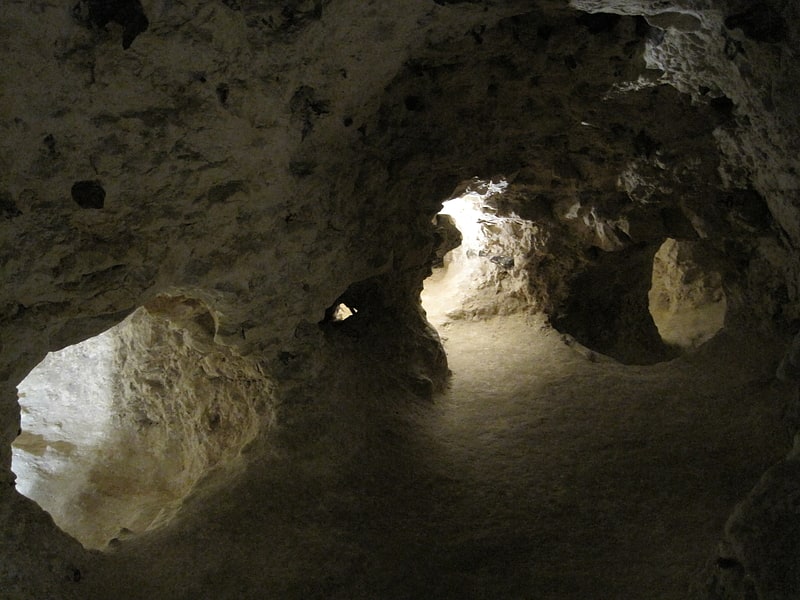
Also known as: Minières néolithiques de silex de Spiennes
The Neolithic flint mines of Spiennes are among the largest and earliest Neolithic flint mines which survive in north-western Europe, located close to the Walloon village of Spiennes, southeast of Mons, Belgium. The mines were active during the mid and late Neolithic between 4,300 and 2,200 BC. Declared to be "remarkable for the diversity of technological solutions used for extraction" the site and its surroundings were inducted into the UNESCO's list of World Heritage Sites in 2000.[7]
St Symphorien Military Cemetery
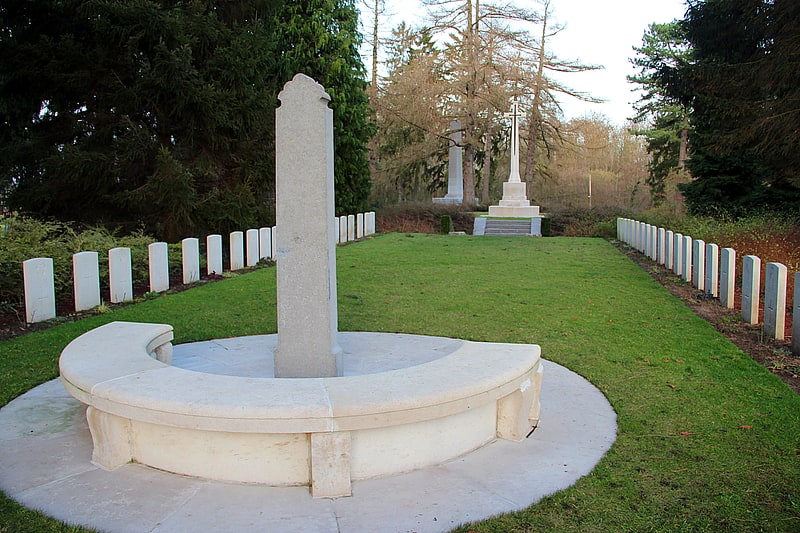
Also known as: Cimetière militaire germano-britannique de Saint-Symphorien
Burial ground. The St Symphorien Military Cemetery is a First World War Commonwealth War Graves Commission burial ground in Saint-Symphorien, Belgium. It contains the graves of 284 German and 229 Commonwealth soldiers, principally those killed during the Battle of Mons. The cemetery was established by the German Army on land donated by Jean Houzeau de Lehaie. It was initially designed as a woodland cemetery before being redesigned by William Harrison Cowlishaw after the Imperial War Graves Commission took over maintenance of the cemetery after the war.
Notable Commonwealth burials in the cemetery include John Parr and George Lawrence Price, traditionally believed to be the first and last Commonwealth soldiers killed in action during the First World War, and Maurice Dease, the first posthumous recipient of the Victoria Cross of World War I. Notable German burials include Oskar Niemeyer, the first Iron Cross recipient of World War I.[8]
Havré Castle
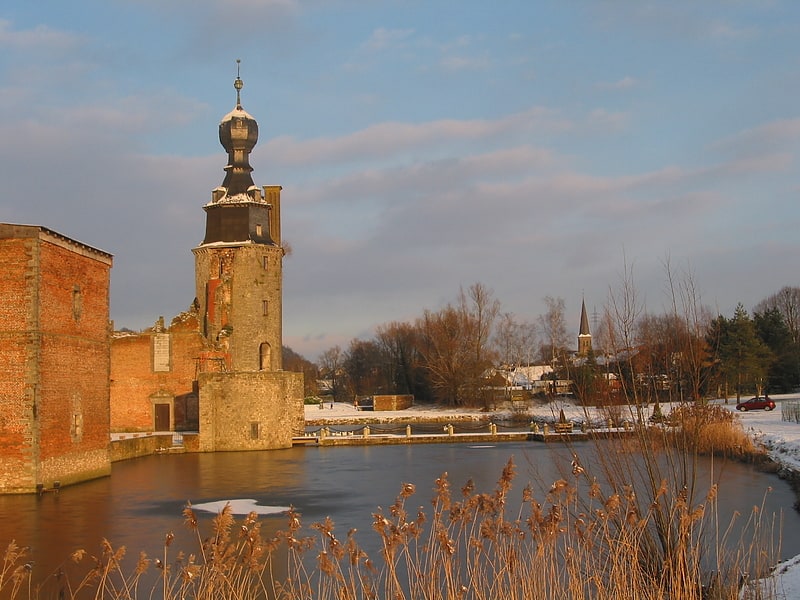
Also known as: Château d'Havré
Tours of a moated 12th-century castle. Havré Castle is a ruined castle in the village of Havré in the town of Mons, province of Hainaut, Wallonia, Belgium.[9]
Address: Rue Du Château 30, 7021 Havré
Maison Van Gogh
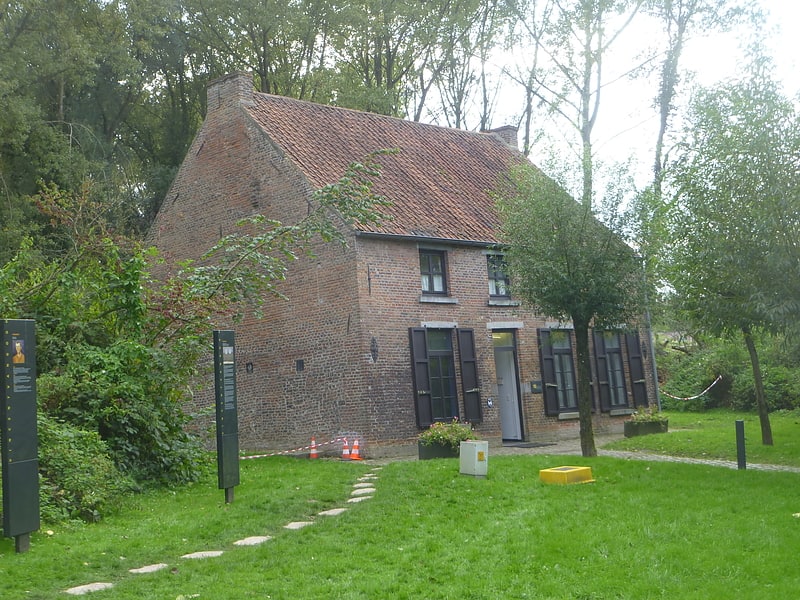
Museum in Mons, Belgium. Maison Van Gogh is a museum in the village of Cuesmes, near Mons in Belgium. Vincent van Gogh lived here from 1879 to 1880.[10]
Address: Mons, Rue du Pavillon, 3, 7033 Cuesmes
Grand Large

Quiet lake with a marina and walking paths. The Grand Large is an artificial lake in Wallonia, not far from the city of Mons in the province of Hainaut, Belgium. The lake is situated along the highway E19 between Paris and Brussels. Its marina can host 157 boats. The lake is linked to two canals: to the east, the Nimy-Blaton-Péronnes Canal, to the west the Canal du Centre.[11]